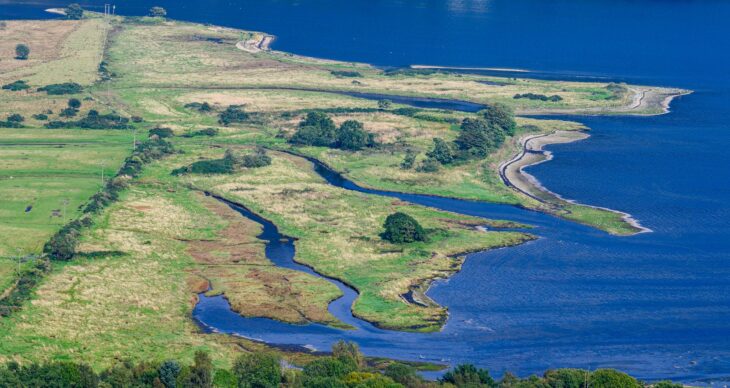
Holy Loch Nature Reserve overview
Lands at Holy Loch Nature Reserve have seen little human disturbance for over 150 years; atypically, its saltmarsh, and flower-rich meadows are ungrazed by livestock. These habitats are intersected by various water courses and vegetated gravel ridges. Dozens of pools are fed with water, only by rain and spring tidal, seawater inundations, and every one is unique in its shape, depth, height above sea level and salinity. The rest of the reserve comprises sea-facing, mixed-species, temperate rainforest, and carr woodland that has regenerated atop an historical landfill. Where burns have become blocked, swampy, reedy habitat now provides a home to many specialist organisms.
The Food Web Project was established to assess the reserve’s species richness, to define its ecological interactions, and, ultimately, to measure the health of its ecosystem. We are developing a simple, tablet-based approach for recording species in the field. This project is informing an ecology-led management plan as the reserve faces an uncertain future due to global heating and associated sea level rises. We envisage our ecosystem as an ark of biodiversity from which species can, in the future, colonize newly-restored habitats nearby. An expected-species checklist, based on our undisturbed communities, could be used for monitoring successful colonization of rewilded areas, with the reserve even supplying starter specimens of species that have not arrived there by natural means.
